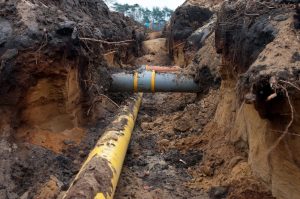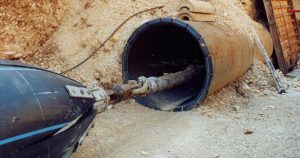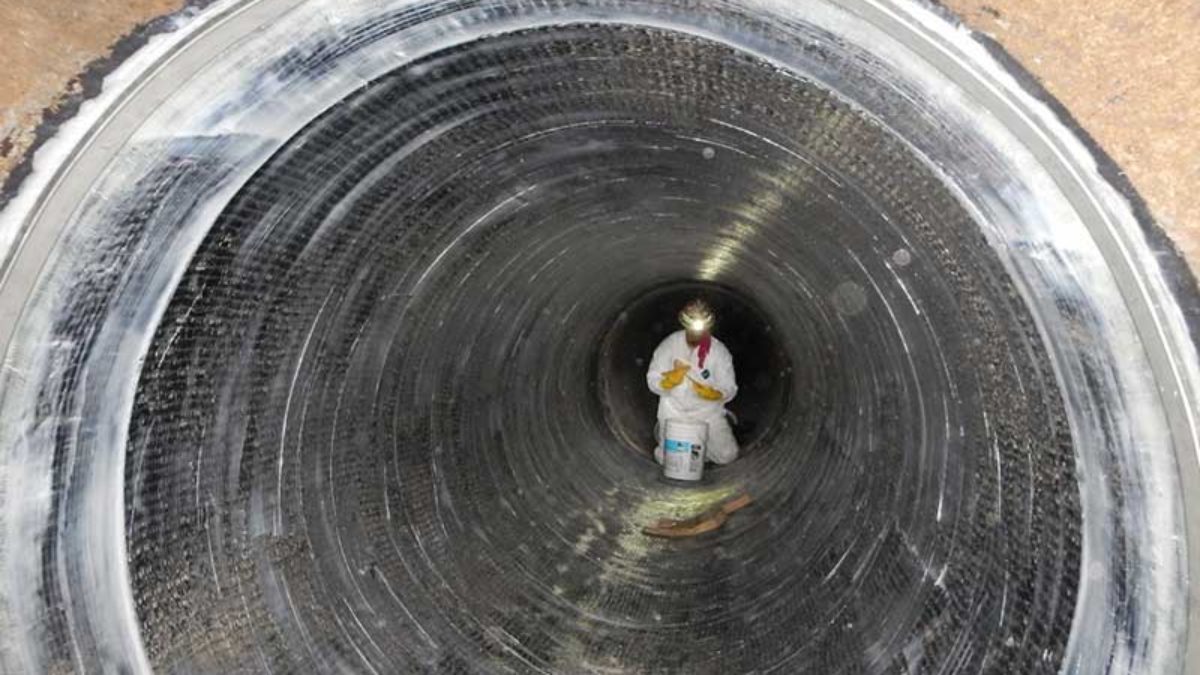The Evolution of Trenchless Pipe Laying
When it comes to installing underground pipes, traditional methods involve extensive excavation and disruption to the surrounding environment. However, in recent years, trenchless pipe laying has emerged as a more efficient and environmentally friendly alternative. This innovative approach minimizes the need for digging trenches, offering a range of benefits in terms of cost, time, and environmental impact.
How Trenchless Pipe Laying Works
Trenchless pipe laying refers to a set of techniques that allow for the installation, replacement, or rehabilitation of underground pipelines without the need for traditional open-cut methods. These methods are particularly advantageous in urban areas where space is limited, and minimizing disruption is essential.

Key Trenchless Technologies
Several trenchless technologies are employed in pipe laying, each with its unique advantages. One common method is Horizontal Directional Drilling (HDD). This technique involves drilling a borehole at an angle from the surface, allowing for the installation of pipes without the need for extensive excavation. HDD is suitable for various soil types and can navigate obstacles such as roads, rivers, and existing utilities.
Another widely used trenchless technology is Pipe Bursting. In this method, a new pipe is pulled through the existing one, causing the old pipe to fracture and expand. This process is particularly useful for replacing damaged or obsolete pipelines without the need for large-scale excavation.
Additionally, Microtunneling is a technique that combines the principles of traditional tunneling with trenchless technology. A remotely controlled boring machine is used to create a tunnel for pipe installation. This method is highly precise and minimizes surface disruption.
The Trenchless Pipe Laying Process
The trenchless pipe laying process typically involves several key steps. Firstly, a detailed assessment of the site is conducted to determine the feasibility of trenchless methods. Factors such as soil conditions, existing utilities, and environmental considerations are taken into account.
Once the site is evaluated, the appropriate trenchless technology is selected based on the specific requirements of the project. The drilling or boring process begins, creating a pathway for the new pipe. The new pipe is then installed, whether by pulling it through the existing pipeline (Pipe Bursting) or by directional drilling (HDD).
Throughout the process, advanced monitoring and guidance systems are employed to ensure accuracy and precision. This technology allows operators to track the progress of the borehole or tunnel in real-time, making adjustments as needed.
Advantages of Trenchless Pipe Laying
1. Reduced Environmental Impact: Trenchless methods significantly minimize disruption to the surrounding environment. There is less soil disturbance, fewer emissions from heavy machinery, and a reduced need for tree removal.
2. Cost-Effectiveness: While the initial costs of trenchless pipe laying may be higher than traditional methods, the long-term savings in terms of reduced labor, restoration, and traffic management expenses make it a cost-effective solution.
3. Time Efficiency: Trenchless methods often require less time than traditional open-cut methods. The ability to work in densely populated or congested areas without causing major disruptions contributes to faster project completion.
4. Preservation of Infrastructure: Trenchless pipe laying minimizes the risk of damage to existing infrastructure, such as roads and utilities. This is particularly crucial in urban areas where space is limited, and the integrity of surrounding structures must be maintained. How does trenchless pipe laying work?

Conclusion
In conclusion, trenchless pipe laying represents a significant advancement in the field of underground infrastructure installation and maintenance. The evolution of technologies such as Horizontal Directional Drilling, Pipe Bursting, and Microtunneling has revolutionized the way we approach pipeline projects, offering a more sustainable, cost-effective, and efficient alternative to traditional methods.
As technology continues to advance, the future of trenchless pipe laying looks promising. The ongoing development of innovative techniques and equipment will likely further enhance the capabilities and applications of trenchless technologies, making them even more accessible and beneficial for a wide range of projects.
By embracing trenchless pipe laying, we not only address the challenges posed by urban environments but also contribute to a more sustainable and resilient infrastructure for the future.

